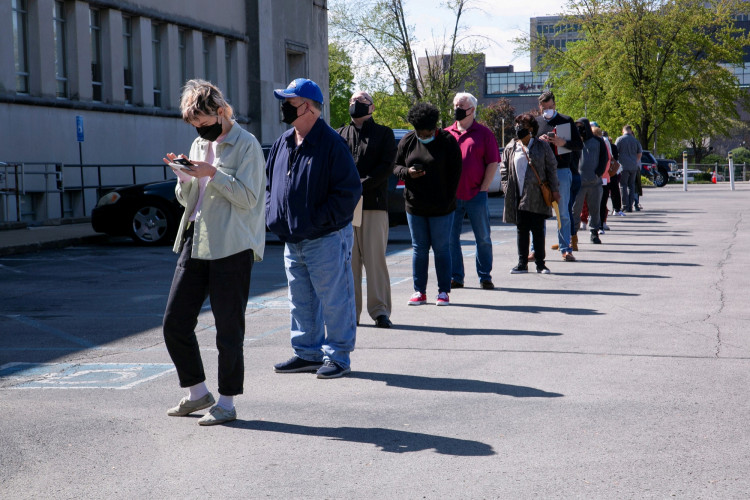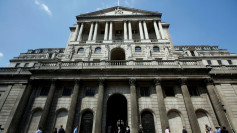U.S. job openings rose to 7.74 million in January, a modest increase from December's revised figure of 7.51 million, signaling short-term labor market stability despite looming uncertainty over federal layoffs and economic slowdown fears sparked by the Trump administration's fiscal policies.
The Bureau of Labor Statistics released its monthly Job Openings and Labor Turnover Survey (JOLTS) on Tuesday, reporting a gain of approximately 232,000 open positions. This rise in available jobs, particularly in sectors such as retail, finance, and real estate, offered some reassurance to economists concerned about broader economic turbulence.
Retail led the gains, adding 143,000 available positions, while finance saw an increase of 122,000. Conversely, professional and business services recorded a drop of 122,000 openings, and the leisure and hospitality sector shed 46,000 available roles.
"For now, the labor market remains stable. But that's just January," cautioned Julia Pollak, chief economist at ZipRecruiter. She warned, "The February report will likely look very different: federal government openings will plunge, quits will spike, and layoffs could finally begin to rise. In other words, calm today, but turbulence ahead."
The January report does not yet reflect recent aggressive federal budget cuts and layoffs spearheaded by the Trump administration. Earlier this year, Trump ordered broad federal workforce reductions as part of a campaign aimed at curbing government spending, moves economists believe will significantly impact employment figures in upcoming reports.
Economists emphasize the importance of the quits rate-a measure of worker confidence-which rose from 1.9% in December to 2.1% in January. Julia Pollak, chief economist at ZipRecruiter, said the jump indicated greater worker optimism but warned that this figure could soon decline if layoffs accelerate.
"If too much federal government spending was said to help cause the inflation outbreak during the pandemic, what does it mean when Washington turns off the money spigot that supports services for ordinary Americans?" said Chris Rupkey, chief economist at FWDBONDS. "The stock market thinks it knows. Trade threats are escalating, federal layoffs are rising, and private-sector cutbacks could follow."
Recent policy shifts-including tariffs increases, notably the 50% tariff imposed by Trump on Canadian steel and aluminum-have further exacerbated uncertainty across industries, potentially dampening future employment prospects. According to a survey published Monday by Chief Executive magazine, CEO ratings of current business conditions plunged 20% to their lowest level since spring 2020.
Consumer confidence is also weakening, reflecting concerns over job stability and future economic conditions. The Conference Board reported a 6% drop in consumer confidence in February, marking the steepest monthly decline since August 2021, amid rising fears of recession.
Despite the January job openings increase, Federal Reserve officials remain cautious about interpreting these figures as an indicator of overall labor market health. The central bank, which uses job vacancy numbers as one measure of economic slack, continues monitoring closely as it determines its next moves on interest rates, currently held at a range of 4.25%-4.5%.
In December, Southwest Airlines laid off 15% of its corporate workforce, affecting approximately 1,750 people, the airline's first mass layoffs. Analysts expect similar measures could spread across industries as cost-cutting pressures increase.






